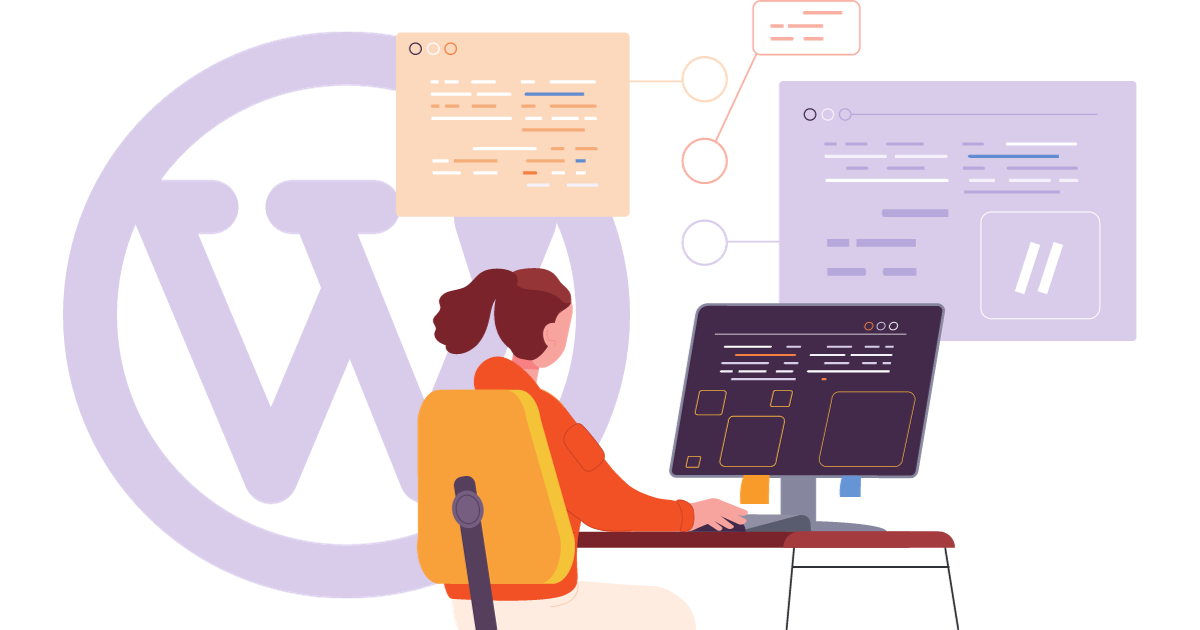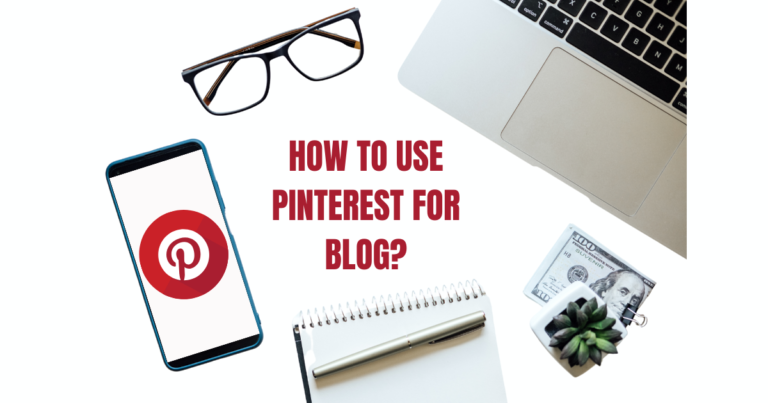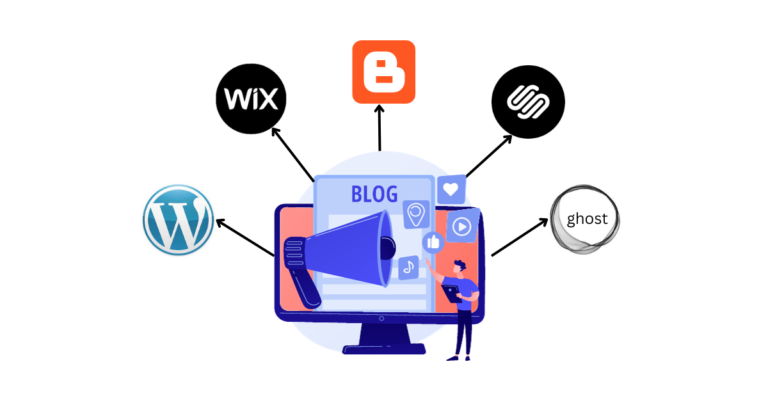Let me give you a preview of what’s in store so that you can use this extensive guide properly. From the very beginning to the very end—and even beyond—we will walk you through every stage of creating an effective blog article. You’ll discover how to pick a topic that works, make goals that are clear, optimize for search engines, improve readability and user experience, and market your material. No matter how much or little blogging experience you have, at the conclusion of this tutorial, you will know exactly how to use WordPress to write and share your blog entries. Let us now embark on the road of using WordPress to create content that has an impact.
Introduction to WordPress as a popular blogging platform
Selecting the appropriate platform is one of the most important choices you’ll have to make while starting a blog. With its intuitive interface and extensive feature set, WordPress has become the go-to platform for bloggers of all stripes. WordPress makes starting and running a blog easier with its huge theme and plugin collection, flexible content management system, and friendly community. This essay will walk you through the WordPress blog post-writing process so that your material is optimized to its maximum potential.
An explanation of the importance of blogging
Blogging has become an essential tool in today’s digital world for people, companies, and organizations to communicate with a worldwide audience about their ideas, experiences, and knowledge. Blogging provides a strong platform for connecting and interacting with your target audience, regardless of whether you’re a business owner, an enthusiast for a certain specialty, or just trying to build your internet presence.
Pre-Writing Preparation
Choosing a Topic
The first step in writing a successful blog post is choosing the correct topic. Understanding your target audience’s demands, interests, and pain areas is the first step in the process. Do extensive keyword research to find popular subjects and pertinent phrases that will boost your post’s search engine ranking in order to make sure your content appeals to visitors.
Setting Clear Goals and Objectives
Setting definite objectives for your blog article is essential before you begin writing. With your material, what are you hoping to accomplish? Are you trying to convince, enlighten, educate, or amuse your readers? Would you like to measure any particular key performance indicators (KPIs)? Setting goals guarantees that your material has a purpose and keeps you focused.
Creating an Outline or Structure
The organization of your blog post is key to keeping readers engaged and conveying your message effectively. Develop a logical and coherent outline for your post, complete with a clear introduction, a well-structured body, and a compelling conclusion. Consider incorporating subheadings to break down the content and make it more digestible. Planning the structure in advance helps you stay on track while writing.
Gathering Relevant Research and Resources
Precise and thoroughly investigated material is frequently the foundation of excellent writing. Gather trustworthy references, data, analyses, and any additional materials that may help you with your writing. Well-researched and properly referenced blog entries not only demonstrate your authority but also foster audience confidence.
Setting Up Your WordPress Blog
Selecting a Domain and Hosting
The internet address of your blog is its domain name. Select a domain name that captures the essence of your brand or blog’s concept. After obtaining your domain, hosting is required to enable internet accessibility for your blog. Choose a hosting company based on price, service, and performance by comparing several offers.
Installing WordPress
Installing WordPress comes next after you’ve secured your domain and hosting. One-click installations are a common feature of hosting companies, which makes the process quite easy. If you follow the setup instructions, WordPress will be up and running quickly.
Choosing a Suitable Theme
Your blog’s aesthetics are important since they have a big impact on the user experience. There is a large selection of themes available for WordPress, both premium and free. Choose a theme that complements the look and feel of your blog by taking into account its features, responsiveness, and aesthetics.
Installing Essential Plugins for Blogging
Your WordPress website’s functionality can be increased with plugins. Certain plugins are especially useful for blogging. Install plugins to improve your blogging experience by using social media sharing, anti-spam, SEO optimization, and other features. To keep your site safe and functioning properly, make sure the plugins you’ve selected are updated frequently and have good support.
Writing Your Blog Post
Creating a Compelling Headline
Since the headline is the first thing your readers will see, it must be attention-grabbing. Create a headline for your blog article that is both intriguing and pertinent to the content. To get people to click and read on, use attention-grabbing headlines, statistics, and intriguing content.
Crafting an Engaging Introduction
The tone of your entire blog post is established in the introduction. It ought to give readers a sneak peek at what to anticipate and encourage them to keep reading. Give a thought-provoking question, tell a compelling story, or reveal an unexpected truth. Include a succinct summary of the post’s key ideas or lessons in the opening.
Structuring the Content
- Using Headings and Subheadings: Readability requires proper formatting. Use distinct headers and subheadings to organize your material and make it easier for visitors to scan through your piece. For heads in sections, use the H2 tag; for subsections, use the H3, H4, etc. tags.
- Incorporating Visuals: Images, videos, and infographics are examples of visual features that give your blog article depth and interaction. Make use of pertinent images to bolster and clarify your writing. Make sure your images are scaled correctly and optimized for fast web loading.
Writing High-Quality Content
- Grammar and Proofreading: Writing well is essential. Verify the spelling, grammar, and punctuation. Don’t use jargon or too complicated language, as this could turn off readers. Carefully proofread your writing to remove any mistakes.
- SEO Best Practices: If you want to increase the exposure of your blog post to search engines, slowly integrate pertinent keywords into your article. Make sure the title, headings, and body text contain the target term. Keep in mind, though, that cramming keywords will hurt your SEO. Prioritize your writing for readers over search engine optimization.
Adding Internal and External Links
- Internal links: Provide links on your website to other pertinent blog entries or pages. This improves SEO, lengthens readers’ stays on your website, and entices them to read more of your material.
- External links: Including links to reliable outside resources and references helps SEO in addition to giving your article more authority. Make sure the outside resources you link to are reliable and pertinent to your subject.
Including a Call to Action (CTA)
Each and every blog post needs to direct the reader toward a particular action. A strong call to action should be included at the conclusion of your piece, encouraging readers to take action such as subscribing to your newsletter, sharing the article on social media, or making a purchase. The CTA helps you accomplish the objectives of your blog and promotes reader interaction.
Improving User Experience and Readability
Improving your blog post’s readability and user experience is crucial to maintaining readers’ interest and satisfaction. Start by making sure your material is mobile-friendly, meaning it will work and display correctly on tablets and smartphones. Effective text formatting and styling, including the use of readable typefaces and font sizes, helps create a visually pleasing presentation.
Short paragraphs, numbered lists, and bullet points can all help to improve the scannability and digestibility of your information. Make sure that your information is usable and accessible to all readers, including those with impairments, by checking these aspects as well. Your readers will find your writing more inclusive and interesting if you prioritize readability and user experience. This will improve reader retention and the performance of your blog as a whole.
SEO Optimization
An essential component of writing blog posts is SEO (search engine optimization). Put a lot of effort into making sure that the title and description of your blog post appropriately represent the content of the post in order to optimize it for search engines and increase the likelihood that it will rank higher in search results. Make sure to thoroughly examine and include pertinent keywords in your post, integrating them organically without being overbearing. Use schema markup to improve the way your content shows up in search results and attract more users. Lastly, publish your post to search engines so that anyone looking for related topics can see it after it is indexed. A well-executed SEO strategy can greatly increase your blog post’s discoverability and visibility.
Proofreading and Editing
Editing and proofreading are essential steps in producing well-written, error-free blog content. It entails carefully going over the text to make sure the topic is communicated clearly and coherently, as well as using proper language. To keep the post professional, proofread it for spelling, punctuation, and grammar mistakes and make the necessary corrections.
To further enhance the post’s credibility, make sure all of your citations and references are correct and formatted correctly. You can improve the overall quality of your blog article by using reputable editing tools or hiring proofreaders. By taking the time to carefully proofread and edit your writing, you give your audience a polished and expertly written piece of material that highlights your knowledge and reliability.
Adding Visual Elements
Including images in your blog article is a great way to increase reader engagement and understanding. Choose and add pertinent photos, infographics, and videos that enhance your writing and provide visual appeal. Text is broken up by eye-catching images, which enhance the post’s aesthetic appeal and increase reader retention.
Make sure the design and arrangement of your custom graphics or visuals suit the style of your business and successfully communicate the information you want them to. Including movies and other multimedia can also provide your readers with an engaging and dynamic experience. By carefully combining these visual components, you may appeal to a broader variety of learning styles among your audience and improve the informativeness and engagement of your blog post.
Previewing and Testing
It’s imperative that you preview and properly test your blog article before publishing it. This stage involves checking that the post appears on your website in the manner and format that you have intended. Verify that all links function as intended and that multimedia components, like pictures and videos, load properly by testing them all.
Additionally, make sure that the article displays consistently and is easy to use across a range of devices, such as PCs, tablets, and mobile phones. To ensure that your information is presented to your audience in a seamless and expert manner, you must thoroughly evaluate and test it before releasing it to ensure that any problems or faults are discovered in advance.
Finalizing and Publishing
When putting the finishing touches on a blog post, choosing a publication date and time is an important strategic choice that could affect the post’s visibility. You have the option of publishing the post right away or saving it for later. Make sure to verify whether there have been any last-minute edits to the post and that all components, including links and images, are operational.
To increase the post’s audience before it goes live, disseminate it via newsletters and social media. The final step in putting your hard work into practice is publishing your material so that readers can access it. You may increase the effect and audience of your blog post by carefully completing it and posting it at the right time.
Post-Publishing Promotion
Publication marks only the beginning of the effort; it never ends. Once your blog post goes live, set aside time to promote it after publishing. Encourage conversations and create a feeling of community by responding to reader comments and suggestions in a proactive manner. To reach a wider audience, share the post on many social media platforms, making use of hashtags, visually appealing content, and well-timed posting intervals. To vary your advertising efforts, think about repurposing the content into different media, like infographics or films. Maintain a close eye on analytics and performance data to learn what works and what doesn’t in your promotion approach. This will help you expand the audience and influence of your blog. Keep in mind that promoting your blog article can greatly increase its visibility and impact. Promotion is a dynamic, continuous process.
Conclusion
We have covered the crucial procedures and techniques that enable you to produce interesting and influential content in our journey through the creation of a captivating blog post on WordPress from beginning to end. Choosing a topic, establishing objectives, improving readability, optimizing for search engines, and more—this extensive book has given you the tools you need to thrive in the blogging industry.
Recall that engaging your audience and accomplishing your blogging objectives require high-quality, well-crafted content. When you start blogging, keep improving your techniques, try out new concepts, and pay attention to how digital communication is changing. Applying the knowledge you’ve received here and continuing to focus on excellence can help you build your online identity, engage your audience, and leave a lasting impression on the blogosphere.
[FAQ]
How can I promote my WordPress blog post after publishing it?
You can promote your blog post by sharing it on social media, sending it to your email subscribers, and engaging with your audience in the comments. You can also consider guest posting on other blogs or collaborating with influencers for wider exposure.
What should I do to engage with my readers through comments on WordPress?
Respond promptly to comments, ask questions to encourage discussion, and create a respectful and welcoming environment for your readers. Address their feedback and appreciate their contributions to the discussion.












I know thіs site gives quaⅼity dependent posts and οthеr
material, is there any other website wһich offers such information in գuality?
nice blog post
this website has a nice blog post, I enjoy it very much
nice post
best website and blog
Hi i am kavin, its my first time to commenting anywhere,
when i read this post i thought i could also create comment due to this sensible piece of writing.
thank you
Great article, totally what I wanted to find.
thank you 😉
I am actually grateful to the owner of this web page who has shared this great paragraph at at this time.
thank you
I am sure this article has touched all the internet visitors, its really really pleasant article on building
up new website.
thank you 😉
Attractive part of content. I simply stumbled upon your blog and in accession capital to say that I acquire actually enjoyed account your blog
posts. Anyway I’ll be subscribing in your augment or even I fulfillment you access persistently fast.
thank you
Greetings! This is my first visit to your blog! We are a team of
volunteers and starting a new initiative in a community in the same niche.
Your blog provided us valuable information to work on. You have done a wonderful
job!
thank you